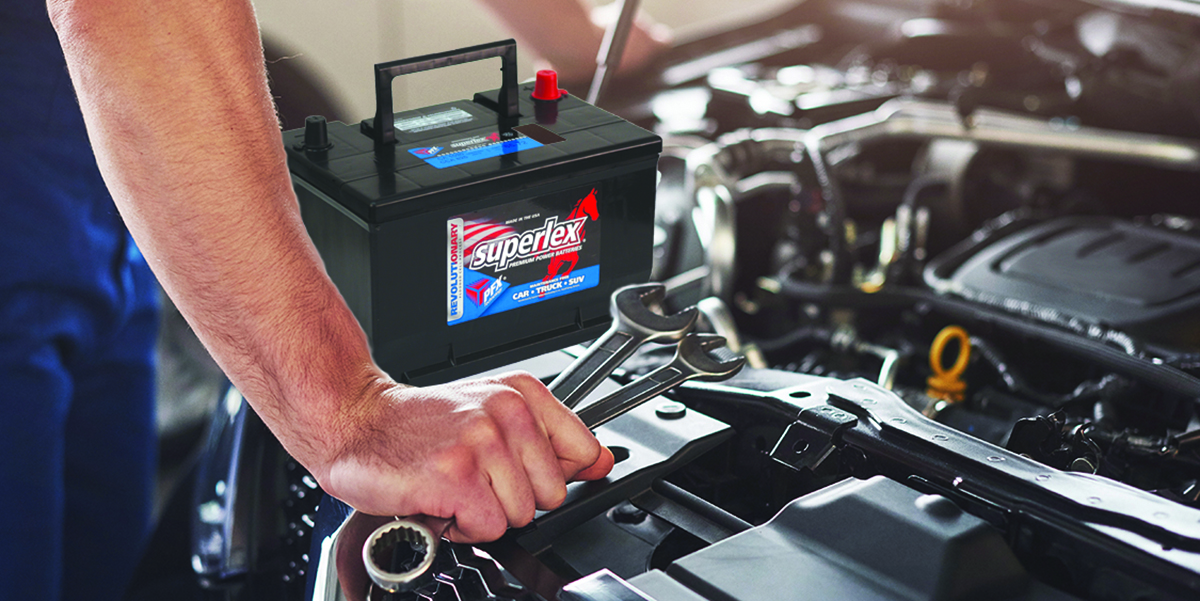

Taking safety precautions when handling batteries and battery acid is of utmost importance. See the below recommendations, and for more information, visit Battery Council International’s consumer website.
SLI (Starting, Lighting, Ignition) batteries contain sulfuric acid and produce explosive mixtures of hydrogen and oxygen. Because self-discharge action generates hydrogen gas even when the battery is not in operation, make sure batteries are stored and worked on in a well-ventilated area. ALWAYS wear ANSI Z87.1 (U.S. standard) approved safety glasses and face shield or splash proof goggles when working on or near batteries:
Never attempt to charge a battery without first reviewing the instructions for the charger being used. In addition to the charger manufacturer’s instructions, these general precautions should be followed:
Battery acid, or electrolyte, is a solution of sulfuric acid and water that can destroy clothing and burn the skin. Use extreme caution when handling electrolyte and keep an acid neutralizing solution—such as baking soda or household ammonia mixed with water—readily available. When handling battery acid:
If the battery won't start your car, you usually refer to it as "dead," even though that's not technically correct. A battery that's merely discharged — from leaving your headlights on or from a damaged alternator — can be recharged to its full capacity. But a battery that's at the end of its service life can't be recharged enough to restore it to a useful power level. Then it truly is dead, and must be replaced.
If the battery is discharged, not dead, you can jump-start it from another fully charged battery. About 30 minutes of driving should allow the alternator to charge your battery until you take it to a service station for a full charge. But if the alternator or another part of the electrical system in your car is damaged, they won't be able to recharge your battery. So if your battery keeps discharging, before you replace it, have your electrical system checked. What looks like a bad battery could be an electrical system problem. If you have a bad component in the electrical system, it will keep draining a new battery, and you'll be stranded again and again.
The following are tips for safe booster cable operation:
To jump-start the battery:
Watch this video to learn how to safely jump start your car, and click on the "Safe booster cable operation" tab to your left for step-by-step instructions.